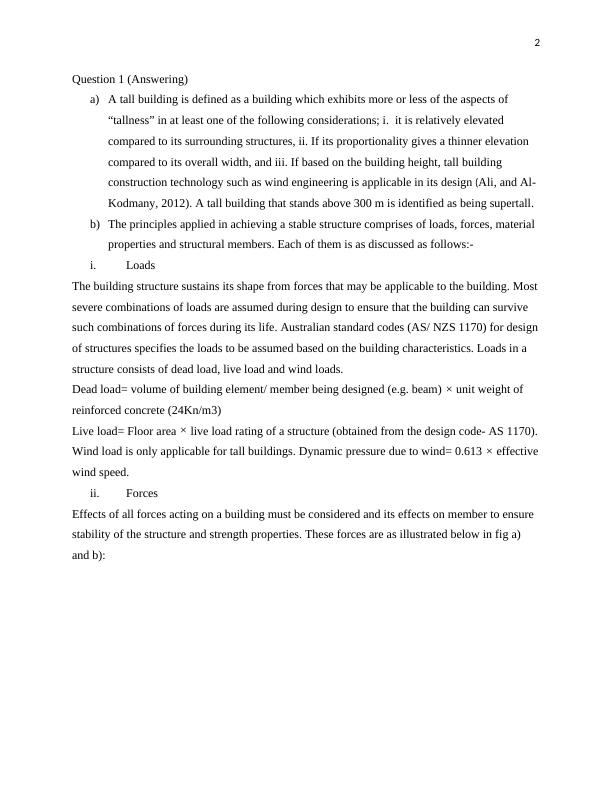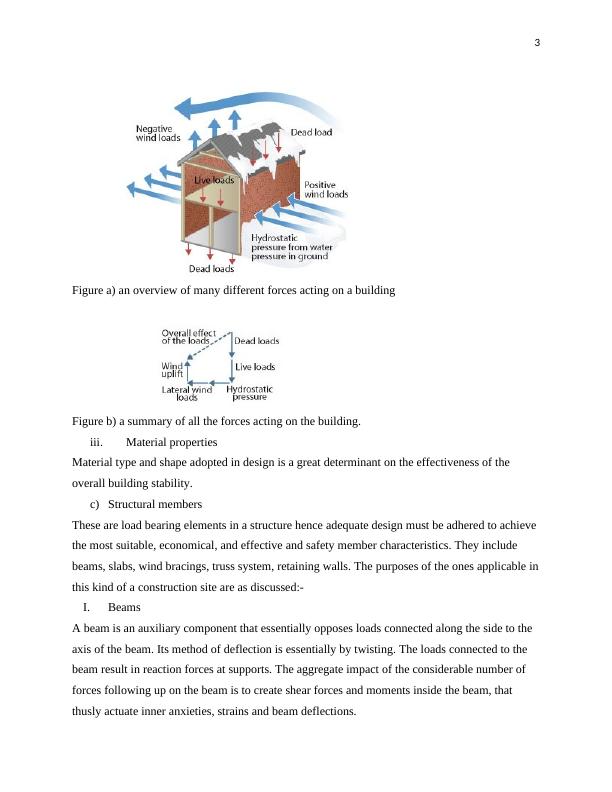Construction Management: Principles of Stable Structure and Basement Construction
Added on 2023-06-03
6 Pages986 Words143 Views
End of preview
Want to access all the pages? Upload your documents or become a member.
Reinforced Concrete Design: Components, Load Combinations, and Slab Types
|21
|4641
|323
Factors to Consider When Determining the Suitability of a Building Structure
|14
|2157
|370
Construction of a Tall Timber Building at Robina, Gold Coast
|41
|5196
|65
Design Requirements for Typical On-Shore Pre-Cast Yard
|17
|1863
|438
Engineering Materials 2 - Wilson Hall, University of Melbourne
|10
|1139
|370
Civil Engineering Assignment Steel Construction
|10
|2720
|143



